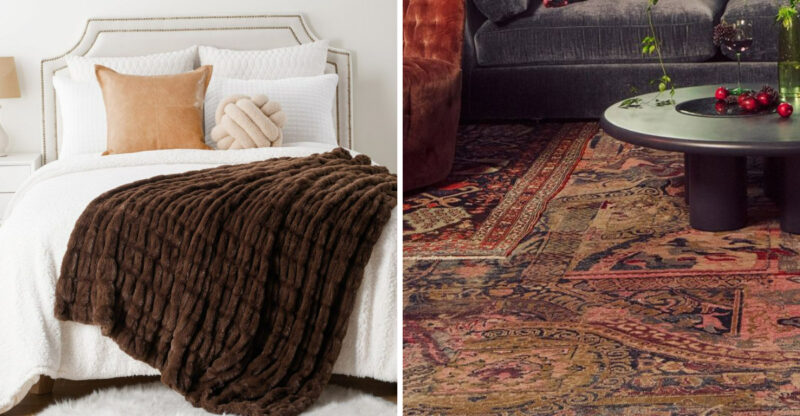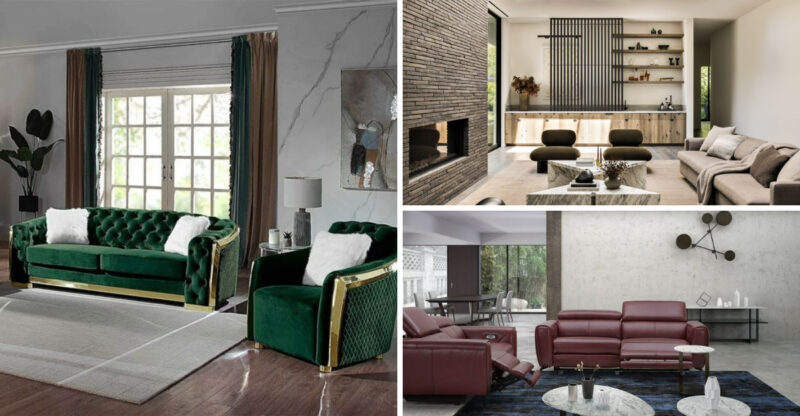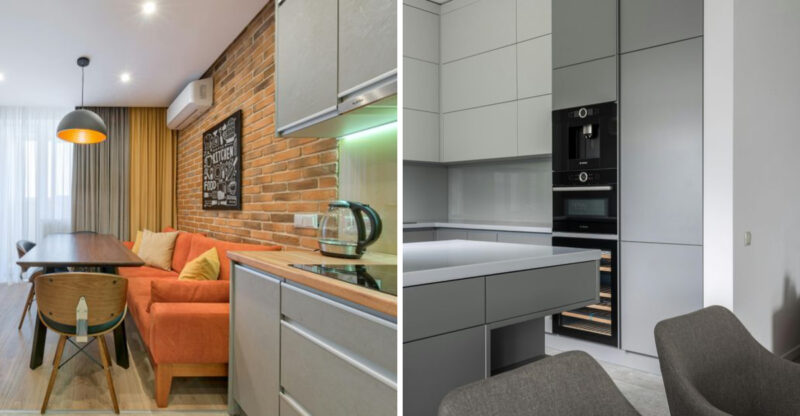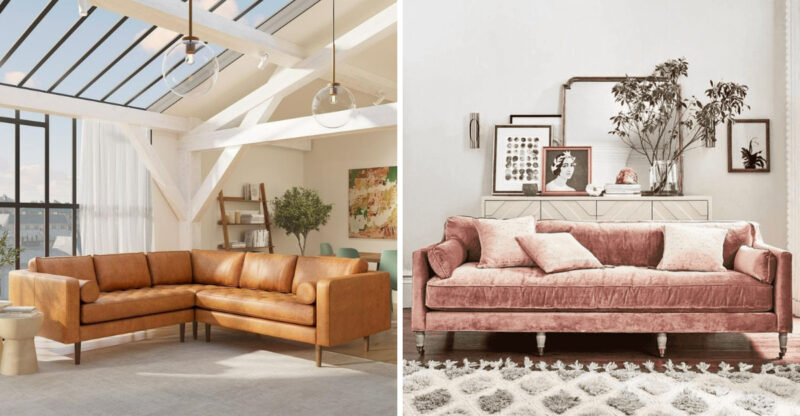13 Ways You’re Misusing Extra Rooms And Losing Buyer Interest
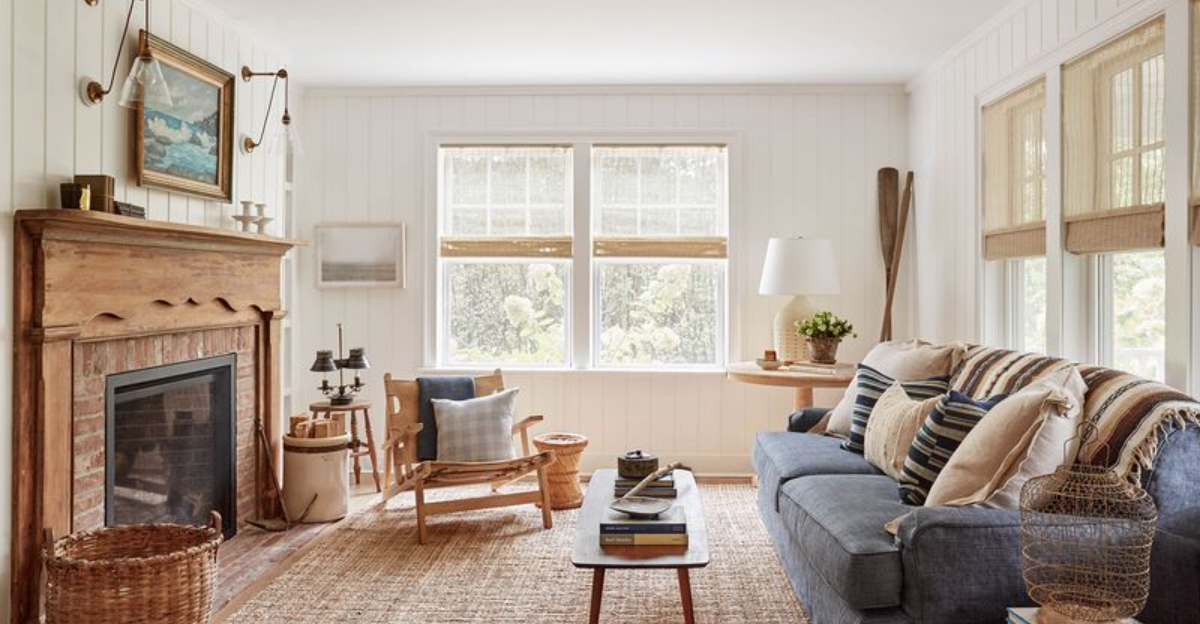
When selling your home, every room matters. Buyers walk through your house imagining their life there, and misused spaces can instantly turn them away.
Extra rooms offer huge potential to showcase your home’s versatility, but many sellers accidentally sabotage themselves.
Let’s look at common mistakes that might be costing you serious money on your home sale.
1. Cluttered Storage

Walking into a room packed with boxes screams ‘not enough storage’ to potential buyers. They’ll immediately wonder if your home lacks adequate closet space. This creates a negative first impression that’s hard to overcome.
Your extra room shouldn’t resemble a mini storage unit. Instead, clear out at least 70% of items and organize what remains on proper shelving. This simple change transforms the space from chaotic to functional.
If you must keep items there during showings, use matching bins and tasteful organizers. Buyers will see the room’s potential rather than your overflow problem.
2. Overfilled Furniture
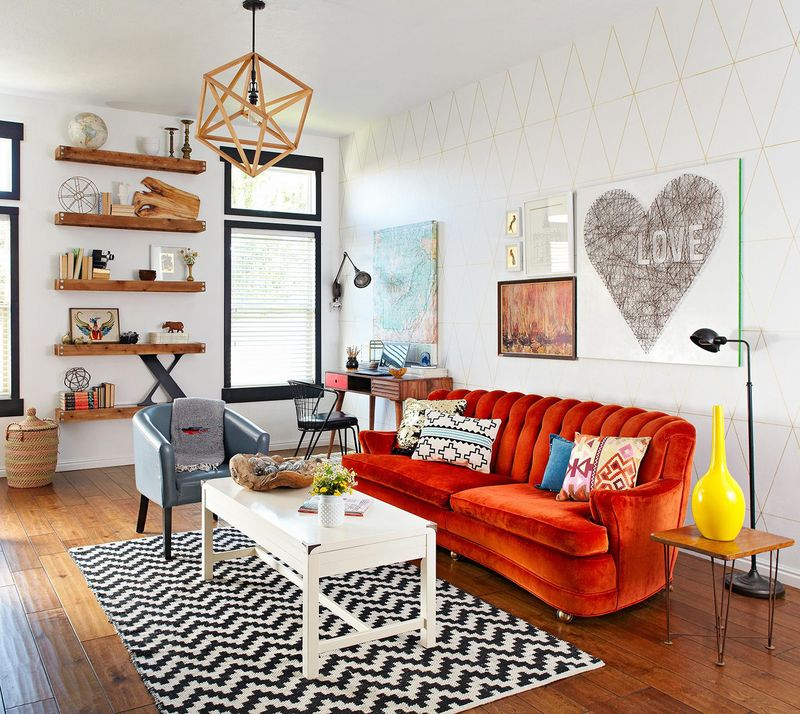
Cramming too much furniture into an extra room creates a visual traffic jam. Buyers struggle to see past the overcrowded space and can’t envision their own belongings there. The room feels smaller than it actually is.
Large pieces like oversized desks or bulky recliners overwhelm modest-sized rooms. Scale matters tremendously when showcasing extra spaces. Remove at least half your furniture before showings.
A minimalist approach works best perhaps just a small desk and chair for an office, or a single bed and nightstand for a guest room. This strategic emptiness helps buyers mentally place their own furniture.
3. Poor Lighting
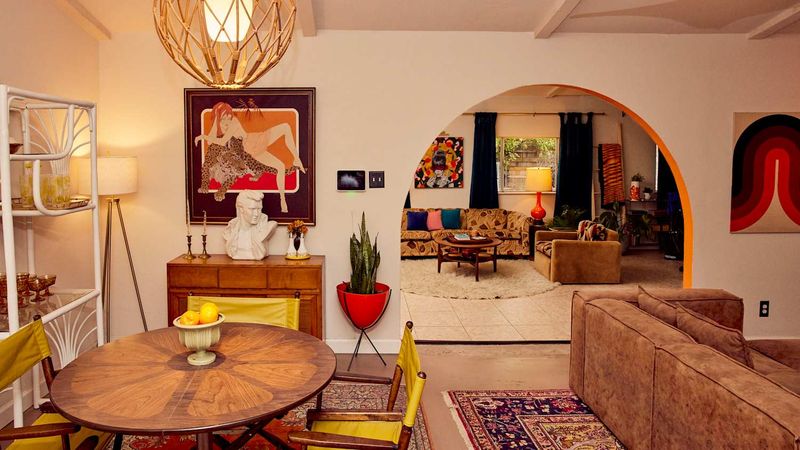
Dark, shadowy rooms feel depressing and uninviting to potential buyers. If your extra room lacks adequate lighting, visitors might hurry through without appreciating its potential. Nobody wants to imagine spending time in a gloomy space.
Windows blocked by furniture or heavy curtains prevent natural light from brightening the room. Move obstacles away from windows and switch to sheer window coverings that maximize daylight.
Add multiple light sources at different heights table lamps, floor lamps, and overhead fixtures. This creates a warm, welcoming atmosphere that makes buyers linger longer and appreciate the space’s possibilities.
4. Unclear Purpose
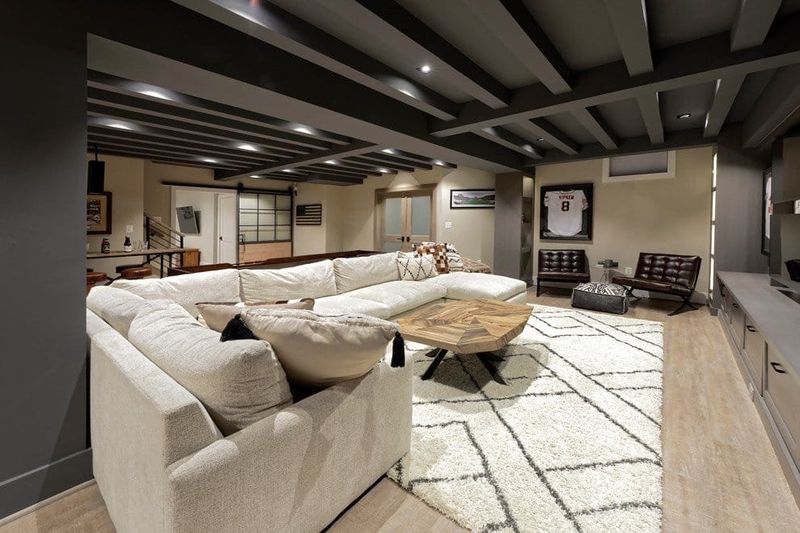
Rooms without a clear purpose confuse buyers. When your extra space tries to be both an office and a gym and a craft room, potential buyers can’t picture themselves using it. They see chaos instead of possibility.
Mixed-use rooms suggest your home lacks adequate space for normal activities. Choose one primary function that appeals to your target buyer demographic perhaps a dedicated home office for professionals or a playroom for family-oriented neighborhoods.
Remove anything that doesn’t support this single purpose. A focused room tells a story about how wonderful life could be in your home, while a confused space raises doubts about the property’s functionality.
5. Excessive Decor

Overly personalized rooms distract buyers from seeing the space itself. Your collection of porcelain dolls or sports memorabilia might be precious to you, but it prevents others from mentally moving in. They see your life, not their future.
Themed rooms with bold wallpaper, unusual paint colors, or specialty decorations limit buyer imagination. Remember that selling requires depersonalizing your spaces so others can project their own style onto them.
Neutralize the room by removing at least 90% of decorative items. Keep walls simple, surfaces mostly clear, and colors neutral. This blank-canvas approach helps buyers focus on the room’s size, layout, and potential rather than your decorating choices.
6. Unused Space
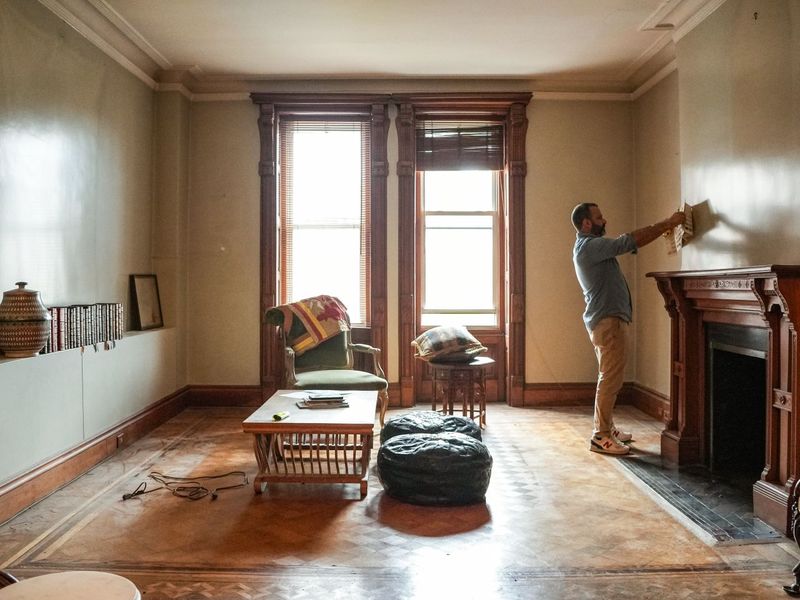
Empty rooms fail to inspire buyers and waste valuable selling opportunities. When potential buyers encounter a completely vacant extra room, they often struggle to visualize its possibilities. The emptiness feels like an afterthought rather than an asset.
Buyers might wonder if there’s something wrong with the space poor temperature control, noise issues, or structural problems. An unused room raises questions instead of showcasing value.
Stage even minimally with purposeful furniture that suggests function – perhaps a small desk and chair, a yoga mat and small bench, or a reading nook with a comfortable chair and lamp. This minimal investment helps buyers see the room as usable square footage worth paying for.
7. Improper Flooring
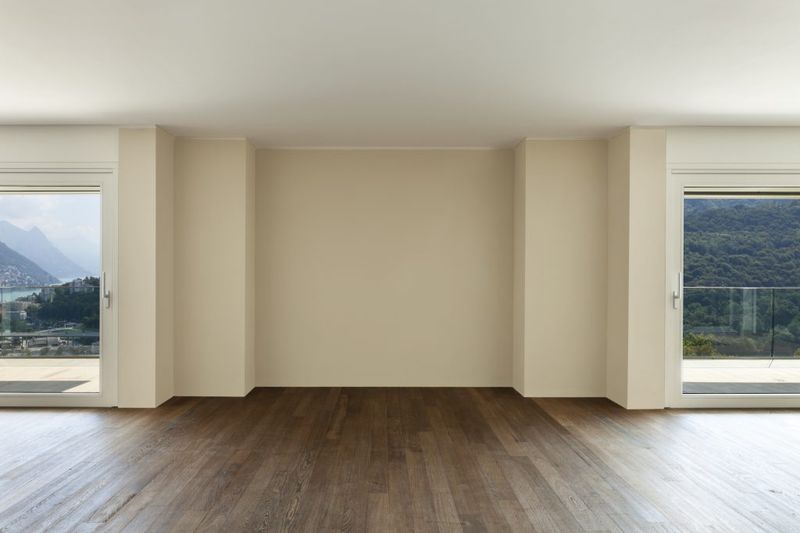
Mismatched or damaged flooring in extra rooms signals neglect to potential buyers. They immediately calculate replacement costs in their heads, often overestimating the expense. This mental math reduces their offering price.
Carpet stains, scratched hardwood, or cracked tiles create an impression that the entire house may have hidden problems. Flooring issues in secondary rooms suggest corner-cutting throughout the property.
If replacement isn’t in your budget, professional cleaning can dramatically improve carpets. For hardwood, consider refinishing rather than replacement. Even simple fixes like coordinating area rugs can visually unify disparate flooring types, making the space feel more intentional and well-maintained.
8. Outdated Paint
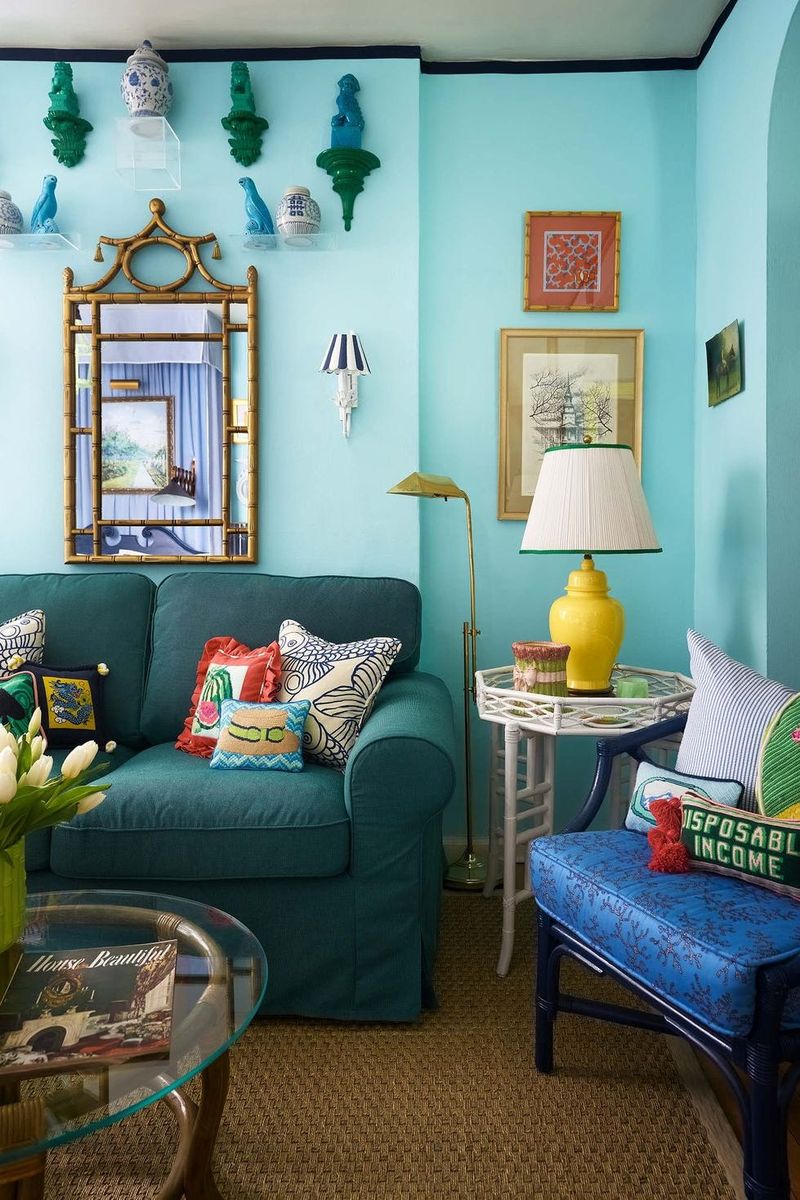
Faded, scuffed, or wildly colored walls immediately date your extra room. Buyers notice wall imperfections more than you might think, and they represent another task on their mental to-do list if they purchase your home.
Bold color choices like bright red, deep purple, or neon green can overwhelm the senses and make spaces feel smaller. These personal preferences rarely align with buyer tastes and create an immediate disconnect.
Fresh paint offers the best return on investment when selling. Choose neutral colors like soft grays, warm beiges, or crisp whites. This simple weekend project can completely transform an extra room from tired to fresh, making it far more appealing to potential buyers.
9. Too Many Electronics

Tangles of visible cords create visual chaos that instantly turns off buyers. When your extra room contains multiple gaming systems, computers, printers, and entertainment equipment, the space feels cluttered even if it’s otherwise organized.
Electronic clutter suggests insufficient outlets and potential electrical system concerns. Buyers worry about whether the home’s wiring can handle modern tech needs when they see adapter strips and extension cords everywhere.
Minimize visible technology during showings. Use cord management solutions to hide necessary wires, and remove excess equipment entirely. A single laptop on a clean desk presents a much more appealing image than a jumble of monitors, speakers, and gaming consoles with their associated cable spaghetti.
10. No Ventilation
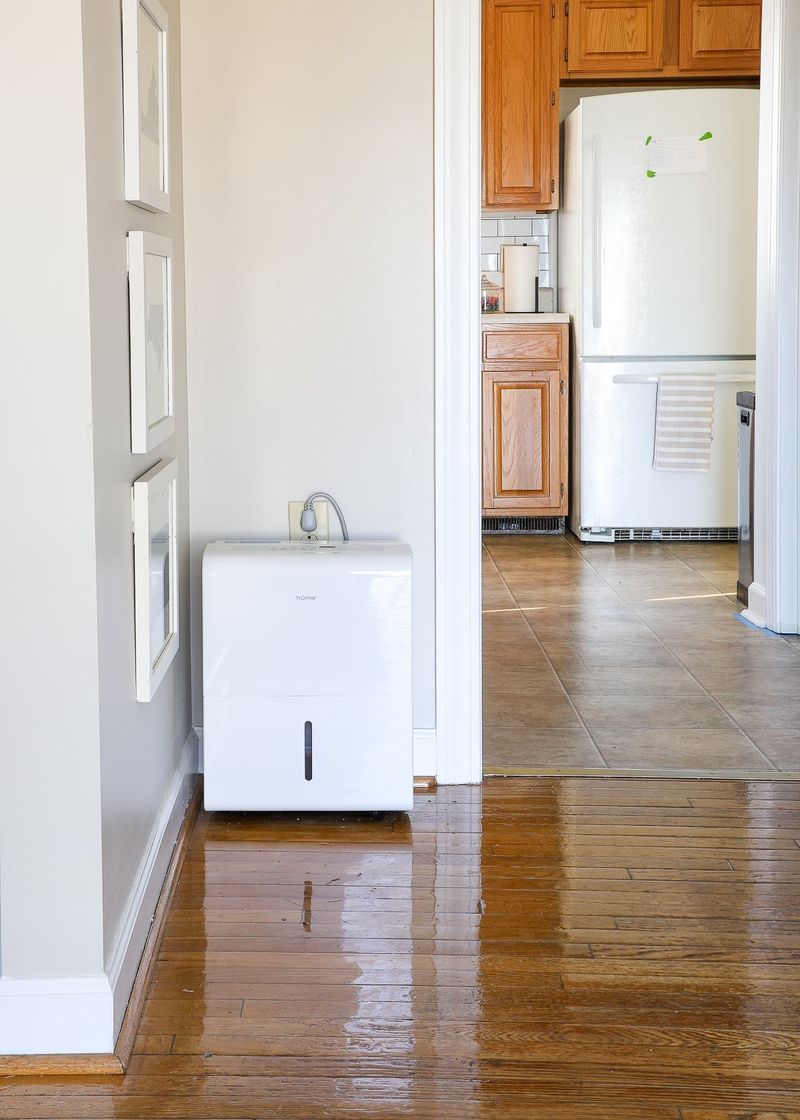
Stuffy, stale-smelling extra rooms send buyers running. Poor air circulation creates an immediate negative physical reaction nobody wants to linger in a space that feels airless or has unusual odors.
Rooms with closed doors and windows develop musty smells over time. This problem worsens in spaces used for hobbies with strong scents like painting, exercise, or crafting. Buyers associate these odors with neglect.
Open windows regularly before showings to air out the space. Consider adding a small fan or air purifier for rooms without windows. Remove any items that might contribute to odors, like gym equipment or hobby supplies with strong chemical smells. Fresh air makes any room instantly more appealing.
11. Lack of Organization

Chaotic organization systems suggest your home lacks adequate storage. When buyers see mismatched storage solutions and disorganized shelving in extra rooms, they wonder if the entire house has storage problems.
Visible clutter creates anxiety in potential buyers. They can’t focus on the room’s features when distracted by jumbled belongings. Even useful items become eyesores when displayed haphazardly.
Invest in matching storage containers and consistent shelving systems. Remove at least half of what you normally store in the space. A streamlined, organized extra room tells buyers your home has plenty of storage even if you’re actually struggling with space. This perception is crucial for maintaining buyer interest.
12. Uncomfortable Seating
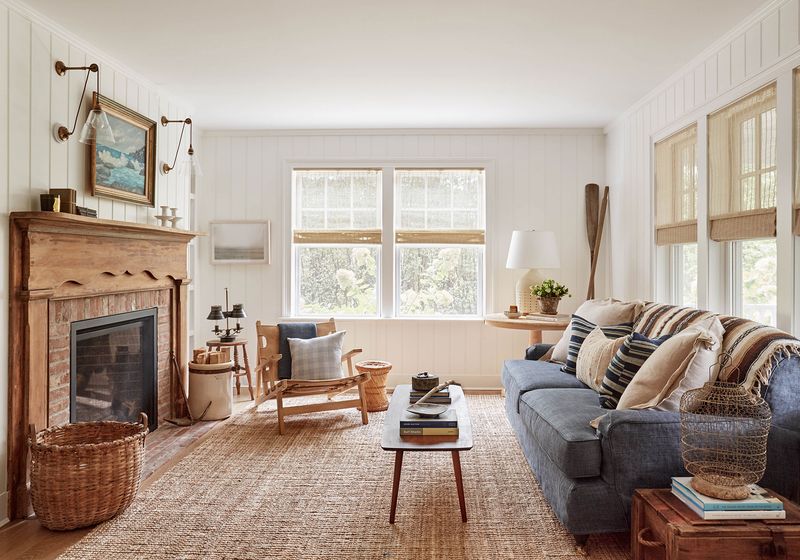
Broken, worn, or visibly uncomfortable seating in extra rooms signals neglect to potential buyers. They subconsciously think: “If they don’t care about basic comfort, what else have they ignored?”
Chairs with stained upholstery, sagging cushions, or outdated styles create negative impressions. Buyers mentally subtract these eyesores from their vision of the space, making the room feel less functional.
Replace or remove obviously damaged furniture before showings. If budget allows, add one quality seating piece appropriate to the room’s purpose a comfortable desk chair for an office or a cozy reading chair for a den. This single upgrade can transform how buyers perceive the entire space.
13. Neglected Maintenance

Visible maintenance issues in extra rooms raise red flags about the entire house. Buyers notice everything water stains on ceilings, cracked switch plates, loose doorknobs, or damaged blinds. These small problems suggest bigger hidden issues.
Many sellers focus maintenance efforts on primary spaces like kitchens and bathrooms while neglecting secondary rooms. This creates an inconsistent impression that makes buyers wonder what else you’ve overlooked.
Walk through your extra rooms with fresh eyes, noting every minor repair needed. Fix everything possible replace broken blinds, patch wall holes, repair stuck windows, and address any water damage evidence. These relatively inexpensive fixes prevent buyers from using maintenance concerns to negotiate thousands off your asking price.

